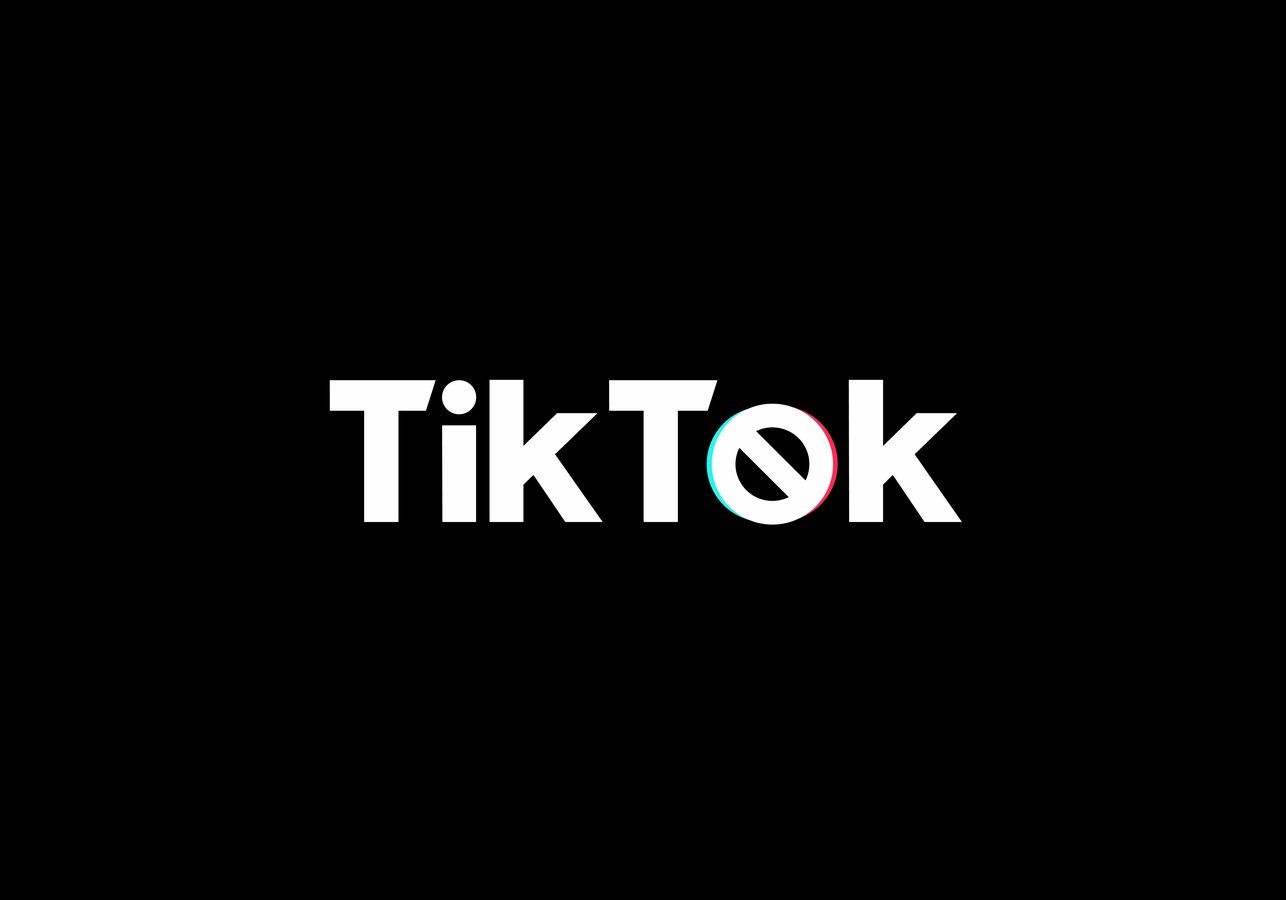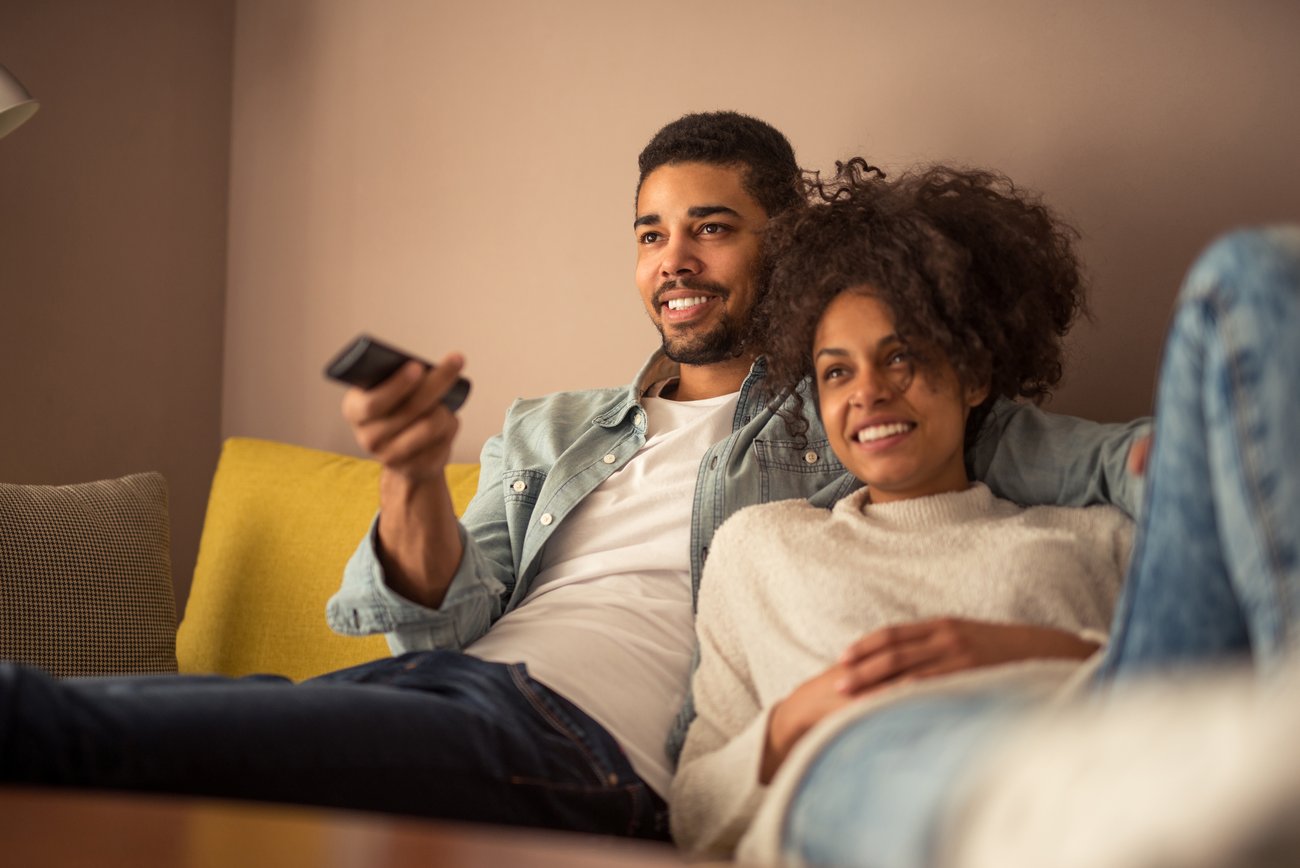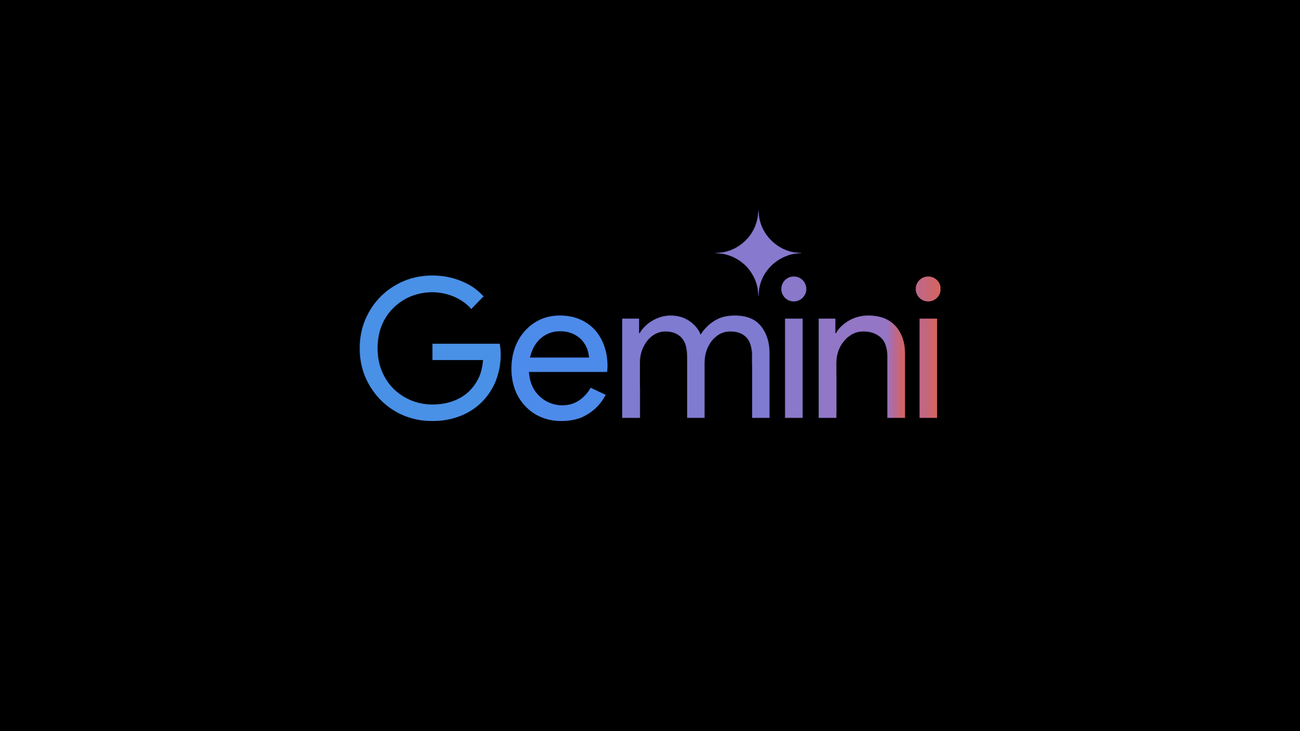The Power and Possibilities of Digital in a Global Crisis
How digital and social platforms influence the way we connect with life.

During the COVID-19 crisis, people all over the world had to quickly adjust to new ways of interacting with life – a new digital normal. From work, leisure and community involvement to parenting and school, the pandemic has affected every area of life, and technology is playing a vital role in guiding us through this uncertain time.
Digital has provided a platform where we can connect, shop, use on-demand services, have a voice, take action, and inspire millions.
Technology is how we navigate a changing world. There’s been a rise in popularity of websites that track COVID with digital maps and geographical statistics. Sites like domo, covidtracking, and nCoV2019.live provide up-to-date information about the virus, including case numbers, testing, projections, economic impact, and what states or regions are affected on a daily basis.
Though momentum has been building for years, the integration of digital, social, and eCommerce technology is much more apparent now and will continue to have a powerful effect on our everyday lives.
Work
Social distancing, essential business designations, school closings, and remote learning have forced many people to work from home. Remote communication technology suddenly became a necessity for companies to adjust to the rapid transition. This shift pushed business owners to find new tools to support employees virtually. Digital has made it possible for us to work efficiently and effectively from our homes. Since the coronavirus outbreak, companies like Zoom have seen expediential growth and usership that far exceeded previous expectations. In the first three months of 2020 alone, Zoom’s revenue skyrocketed 169% from the previous year to a staggering $328 million with a 354% increase of business customers. Microsoft (Teams) and Google are also fighting for a share of the video conferencing market, which is estimated to grow to $50 billion by 2026.
Fitness
Since the pandemic, there’s been a prevalent focus on fitness and well-being (both physical and mental). As gyms remained closed due to COVID-19, online fitness and at-home fitness companies saw a tremendous boom in popularity. Gyms, studios, and fitness influencers used digital and social platforms to keep us moving and motivated. In its third quarter results, fitness giant Peloton reported a 66% sales increase as more people invested in its high-tech home fitness bike, treadmill, or workout app. Peloton ended the quarter with over 866,100 subscribers in total, which marked a 94% increase from 2019. Analysts predict that even as gyms reopen, companies like Peloton will still be well-suited for the future as new social distancing norms will continue to keep people at home.
Just as important as physical fitness, digital has helped us with our mental fitness as well. ‘Emo’ gym, which is training for emotional and psychological fitness, has certainly been on the rise since the onset of COVID-19. Perfectly suited for digital interaction, Emo fitness is designed to assist people in developing their inner world to build resilience, increased self-awareness, and self-empowerment.
Shopping
Because of COVID-19 and the CDC recommendations to practice social distancing, many consumers have opted to shop for groceries and products online. Since the coronavirus hit, more than one third of consumers shop online every week. According to a new global study, that number has increased by 28% pre-COVID. Kroger, Target, and other outlets are investing heavily in online grocery. Walmart and Amazon are the most frequent destinations for online grocery shoppers. Over 60% of RBC survey respondents say they are using Amazon for grocery ordering and delivery. Upon that, meal delivery services such as DoorDash, Uber Eats, and Grubhub are prospering. Amazon and other retailers also thrive as efficient one-stop shops for purchasing products and everyday family essentials. From early to mid 2020, Amazon stock has soared by nearly 20%.
On-Demand Services & Entertainment
This year, the landscape of entertainment experienced a seismic shift. With live sporting events, theme parks, music venues, and movie production shut down, streaming services have seen tremendous growth. A Nielsen study showed that since the outbreak, the amount of video content consumed globally has increased by 60%. One of the most popular ways to view video content is through OTT streaming services such as Netflix, HBO Max, and Disney+. Though Walt Disney Company has endured a rough 2020, Disney+ has flourished with an infusion of fresh content, led by the megahit “Hamilton”, and more people deciding to stay at home. Disney+ also released Mulan, the first major Disney movie released on the service and not in movie theaters. As of early May, the streaming service had 54.5 million subscribers in just six months after its launch. There’s also been a huge increase in other on-demand streaming services like Hulu, Amazon TV, Apple TV, and YouTube TV.
When it comes to entertainment, ‘virtual’ seems to be the word of the day. Virtual concerts, events, and experiences like zoos and museums have become the ‘reality’ when it comes to the way we enjoy live cultural and social events. VR technology and virtual platforms allow us to tour the Great Wall of China, the Louvre, the Guggenheim, or attend an artist release party...right from our homes.
Health
In 2020, the demand for virtual health services exploded. Even before the outbreak, public health officials were pushing healthcare systems to expand telemedicine through smartphones and other digital tools. Today, this technology is essential. Virtual health has many advantages, most notably limiting human-to-human contact. The power of virtual health is incredibly pivotal now, and will continue to be for years to come.
Connection
One of the hardest things for people to deal with during COVID is the feeling of isolation. Social distancing made us feel disconnected with our fellow human beings, but digital technology gave us the power to change that narrative. Groups quickly began gathering on video chat platforms through Facebook and Zoom to celebrate birthdays, play games, or to simply chat with friends or family members.
Education
COVID-19 has changed the educational system forever. Right now, millions of students are learning from home. Whether it’s virtual tutoring, video conferencing tools, or e-learning software, there has been a significant surge in usage during the pandemic. Even before COVID, there was already high growth in education technology, with global investments reaching $18.6 billion in 2019. Also, online education numbers are projected to reach $350 billion by 2025. With this transition, many experts believe online learning could be the catalyst to a more effective method of educating students.
Even at this challenging time, digital gives us the ability to create vast possibilities and positive outcomes. The power of digital helps us learn, connect with family, spark change, conduct business, communicate with coworkers, entertain ourselves, and so much more - from wherever we are in the world.
Social Issues
The emergence of social media has given people the forum to peacefully speak out about racial injustice and support social causes. It was the power of digital to instantly provide information and imagery to spark positive change and rally support globally for the BLM movement.
While the global pandemic has brought many changes to our lives, it also comes with opportunities to adapt and thrive. It has accelerated the transition to digital to connect, work, communicate, shop, and learn in ways we never dreamed possible just a few short years ago.





